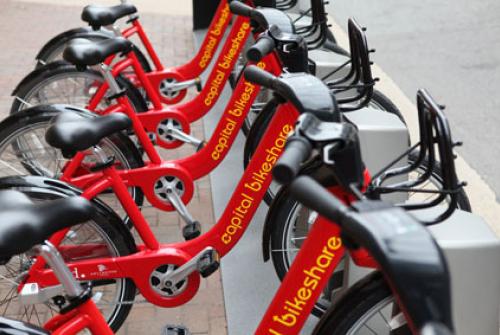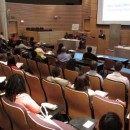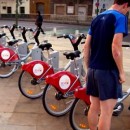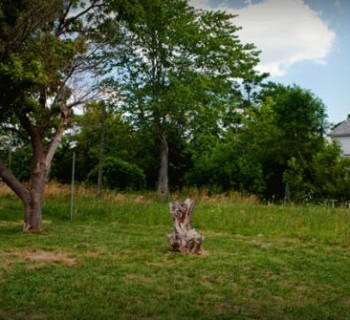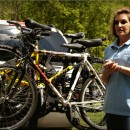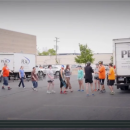DETROIT -- As cities start to think forward about solutions to their growing transportation and planning problems, one hot concept has been the role of bike sharing and how it might address problems with regards to transportation inequity.
Whiles cities like Boston, Washington D.C., and Arlington Va., have such sharing systems, and New York and Los Angeles are soon to follow suit, residents and advocates are starting to question, "Just who do these bikeshare programs benefit and how can they benefit more people?"
Planners and city officials must consider some essential criteria when deciding where to plant these systems, many of which include population density and proximity to other modes of transit. What about the outskirts of cities, however, that might not include a vibrant downtown area or walkable market streets? Are the residents on said outskirts to benefit just as much as the young professionals living in the urban core?
One such webinar presented by the Federal Transit Administration and the National Center for Transit Research May 3 tackled these questions and discussed the importance of equal access to such bikeshare programs to all residents living in a community, regardless of income or residential locale.
In a recent two-part series, Mode Shift: Move Together writer Melinda Clynes interviewed Marygrove College's Dr. Brenda Bryant, dean of Community-Based Learning and executive director of the Center for Social Justice and Community Engagment, and Elena Herrada, coordinator of the Masters of Social Justice Program about the importance of equal access to reliable transportation. In the series, Bryant and Herrada spoke to how reliable transportation can afford citizens access to education, meaningful work, and most importantly, living in dignity, a human right as defined by the United Nations.
While we continue to redefine comfortable and practical living in the 21st century, programs like bikesharing could certainly fit in as a part of the social puzzle. But, like any puzzle, the piece has to fit, as well as work with all the other pieces that surround it.
To see the "Social Equity and Bikesharing" webinar in whole, as well as see slides from the presentation, click here.


